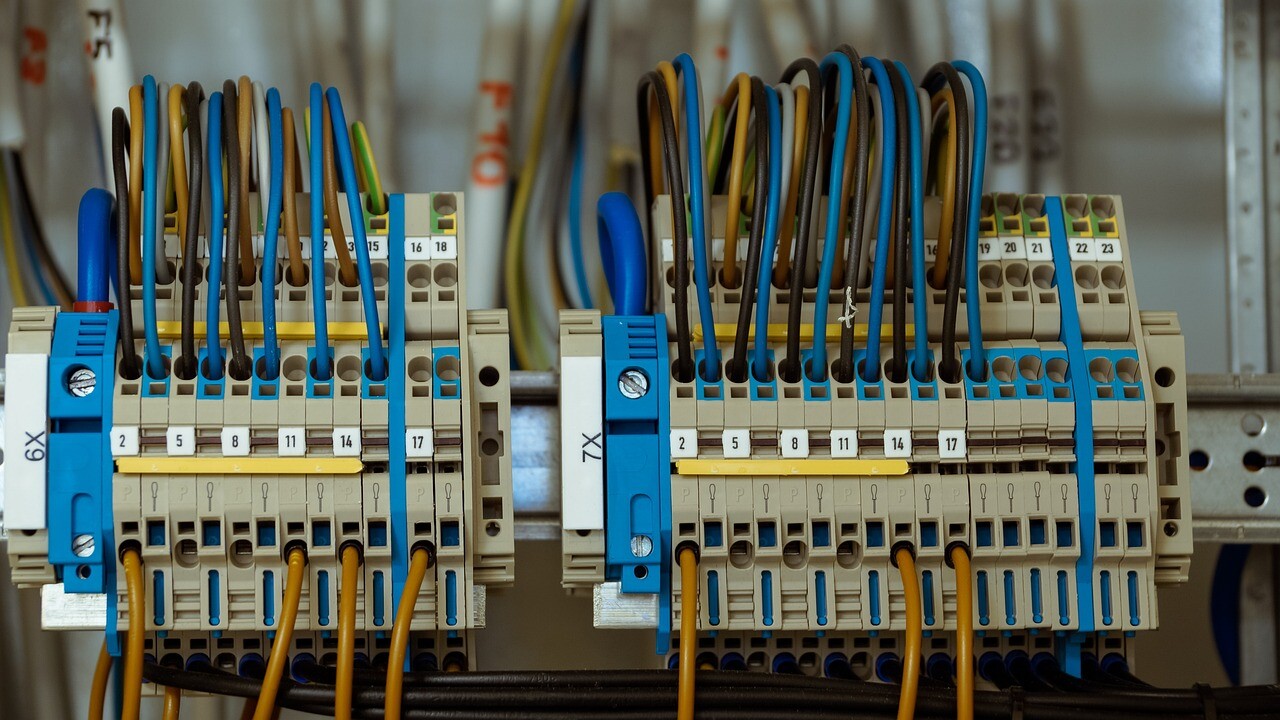Ever glanced at a tangled mess of wires and wondered how anyone could make sense of it? That’s where electrical labels step in. While they may seem like small, unassuming pieces of plastic or paper, their impact goes far beyond their size. These tiny identifiers do more than just mark wires—they provide order, safety, and efficiency in a world that thrives on structure. So, what’s the big deal with electrical labels? Let’s break it down.
Electrical labels are specialized identification markers used to convey critical information about electrical equipment, circuits, or systems. These labels are designed to provide safety instructions, operational guidelines, or identification details for individuals working with or around electrical systems.

Keeping the Chaos at Bay
Imagine walking into a server room without labeled cables. It’s not just intimidating; it’s a disaster waiting to happen. Electrical labels prevent that scenario. They act as a roadmap, guiding technicians, electricians, or anyone working with wiring systems through the maze of connections. Without labels, you’re left guessing, and one wrong move could shut down an entire system—or worse, cause a safety hazard. Labels eliminate the guesswork and keep everything running smoothly.
Think about it: when labels are used correctly, they save time. Instead of wasting hours testing and tracing, one glance can reveal exactly where a cable leads or what it’s powering. It’s like having a cheat sheet for a complex system, and who wouldn’t want that?
Enhancing Safety Like a Pro
Safety isn’t just a buzzword; it’s the cornerstone of working with electricity. Electrical labels are critical for reducing risks. They’re not just there for show—they communicate essential information that can prevent accidents. For instance, a label might warn that a wire is carrying high voltage or that a circuit is connected to critical equipment that shouldn’t be powered down.
Clear labeling also protects people from hazards. Think of a busy construction site where multiple teams are working simultaneously. Labels ensure that everyone knows what’s live, what’s neutral, and what to avoid touching altogether. It’s like having a quiet, persistent safety officer on hand, reminding everyone to stay cautious.
Improving Compliance and Professionalism
In many industries, regulations are non-negotiable. Whether it’s OSHA, ISO standards, or local electrical codes, compliance often hinges on the use of proper labeling. Skipping labels might save a little time upfront, but it could lead to hefty fines or failed inspections down the line. Electrical labels are not just a best practice—they’re a requirement in many cases.
For businesses, labels aren’t just about staying compliant. They’re about presenting a professional image. Imagine showing up to a client’s site with a chaotic, unlabeled panel. It doesn’t inspire confidence, does it? On the flip side, neatly labeled wiring communicates that a job has been done with care and precision. It’s a small detail that speaks volumes about a company’s attention to quality.
Saving Time and Money (Yes, Really)
Time is money, especially in industries that rely on electrical systems to function. When wires are labeled correctly, troubleshooting becomes a breeze. Technicians can pinpoint problems in minutes instead of hours, reducing downtime and saving resources. In emergencies, those few minutes could mean the difference between resolving an issue quickly and facing prolonged disruptions.
Let’s not forget maintenance. Systems need to be serviced regularly, and labels make it easier to understand what needs attention. They also ensure that replacements or upgrades are carried out correctly, minimizing the risk of costly errors. It’s a long-term investment that pays off every time a system needs work.
Bringing Simplicity to Complex Systems
Electrical systems are complex. Whether it’s a data center, a manufacturing plant, or even a smart home, the sheer volume of wires can be overwhelming. Labels simplify that complexity. They break down intricate systems into manageable components, making them accessible even to those who aren’t experts.
Take a moment to appreciate how this benefits not just professionals but everyone involved. Homeowners, for instance, can benefit from labeled breaker panels or home automation systems. Labels demystify the technology, making it easier for users to understand and operate.

More Than Just Stickers
It’s easy to dismiss electrical labels as just stickers, but they’re much more than that. They’re tools that bring order to chaos, protect people, and keep systems functioning at their best. Whether they’re color-coded for quick identification or detailed with specific instructions, labels are indispensable.
And let’s not overlook their versatility. Labels come in all shapes, sizes, and materials. From heat-resistant options for high-temperature environments to waterproof labels for outdoor systems, there’s a solution for every scenario. They’re designed to stick, stay legible, and perform under pressure—just like the systems they support.
Types of Electrical Labels
- Warning and Danger Labels: Highlight potential electrical hazards such as high voltage, arc flash risks, or live circuits.
- Equipment Identification Labels: Specify equipment names, circuit numbers, or panel details.
- Cable and Wire Markers: Identify specific cables or wires to aid in troubleshooting or maintenance.
- Voltage and Amperage Labels: Display the operating voltage and current ratings of equipment.
- Lockout/Tagout Labels: Indicate that equipment is locked out for maintenance to prevent accidental energization.
- Maintenance and Inspection Labels: Show inspection dates, maintenance records, or test certifications.
Wrapping It Up
So, what’s the point of using electrical labels? The answer is clear: they’re the unsung heroes of electrical systems. They save time, enhance safety, improve efficiency, and ensure compliance, all while adding a touch of professionalism to any job. It’s hard to think of another tool that delivers so much value for such a small investment.
The next time you see a neatly labeled panel or a clearly marked wire, take a second to appreciate the thought and effort behind it. Those tiny labels might not look like much, but they’re doing the heavy lifting to keep everything running safely and smoothly. In a world powered by electricity, that’s no small feat.